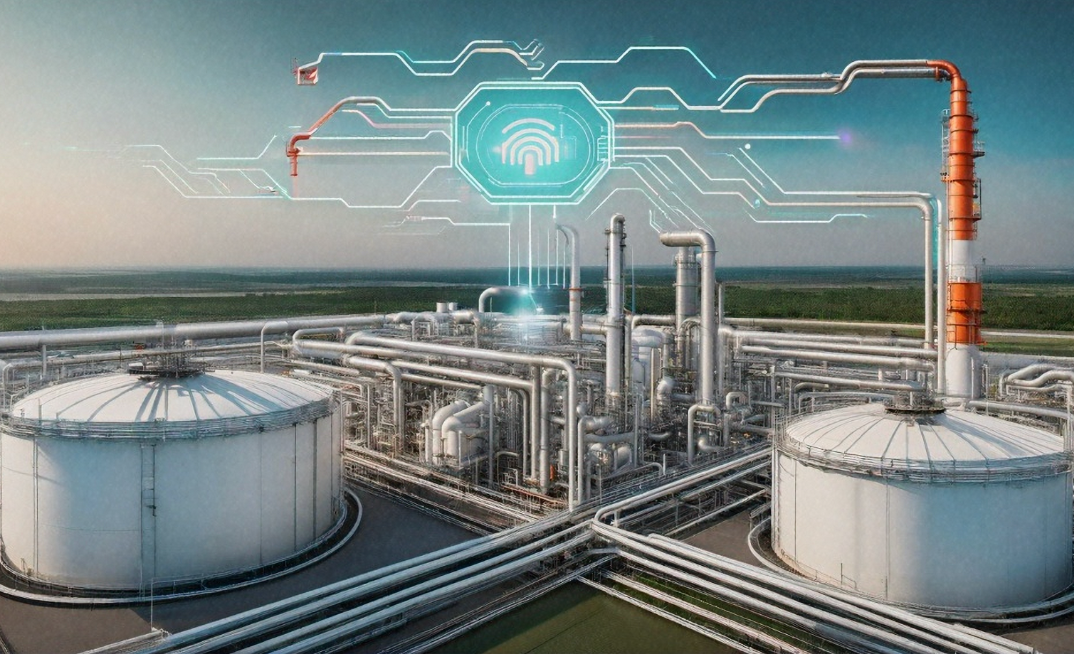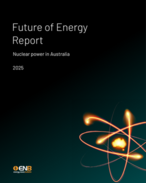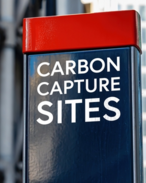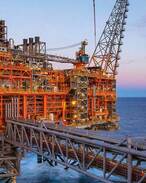Artificial intelligence (AI) is fast emerging as the quiet catalyst behind Australia's oil and gas sector transformation. Its goal is to cut emissions, sharpen asset performance, and deliver faster, more profitable decision-making across complex operations.
Faced with growing pressure to decarbonise while delivering shareholder returns, some of the country's largest energy producers are moving well beyond the "dipping their toes" concept, looking into the feasibility of deploying predictive analytics, digital twins, and real-time carbon tracking to bridge the gap between operations, compliance and strategy.
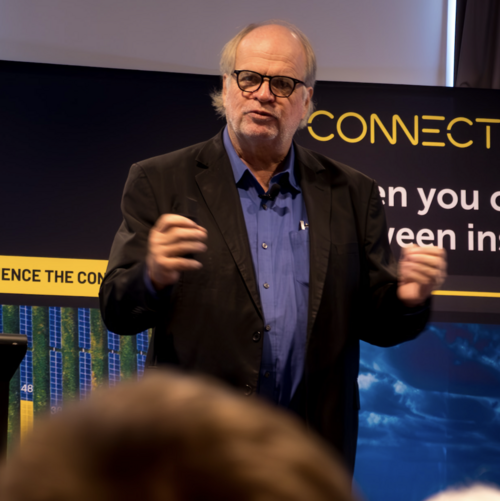
"AI is embedded in Australia's energy sector and growing fast," says AVEVA digital strategist Tim Sowell.
YOU MIGHT ALSO LIKE
Sowell says AI offers a powerful opportunity to sharpen decision-making across the oil and gas value chain — from exploration sites to the executive suite. There is also a growing appetite in the sector for AI to simultaneously drive emissions reduction and asset optimisation.
With vast, often remote infrastructure such as offshore platforms and LNG facilities, the industry is well-positioned to benefit from automation and real-time digital monitoring. Much like a navigation app that displays traffic, distance and recommendations, a digital twin acts as a live dashboard for energy assets — delivering real-time insights into operations and environmental performance.
New tools for new pressures
Sowell says the industry's interest in AI has shifted decisively from hype to tangible moves towards implementation.
"We're seeing serious movement on the ground. Not just pilots and proof of concepts — but a deployment of high-fidelity simulations, cloud-based optimisation tools and AI models to support emissions tracking, reliability forecasting and process tuning."
Brandon Yong, IT-OT transformation lead at Alinta Energy, agrees the pace is accelerating — especially in prototyping and production-readiness.

"Where it once took months to build a minimum viable product, we're now seeing it happen in days," Yong says.
"That's changed the game. It makes it easier to prove value, fast-track adoption and build trust within the organisation."
While predictive analytics has long been used in other sectors, Sowell says Australian producers are now applying it to rotating equipment, compression systems and flaring infrastructure to reduce downtime and improve emissions performance.
"What's changed is the ability to combine engineering-grade simulation with AI learning models. This allows companies to benchmark where they are today — on carbon, on efficiency — and then model where they need to go," Sowell says. "That benchmarking layer is now critical."
Cracking the Scope 3 puzzle
One of the most complex challenges is Scope 3 — indirect emissions from customers using fossil fuel products. With regulatory frameworks tightening and investor scrutiny intensifying, producers are under pressure to lift transparency and demonstrate credible progress.
"Everyone agrees Scope 3 is hard, but it's not impossible," says AVEVA oil and gas principal Cindy Crow.
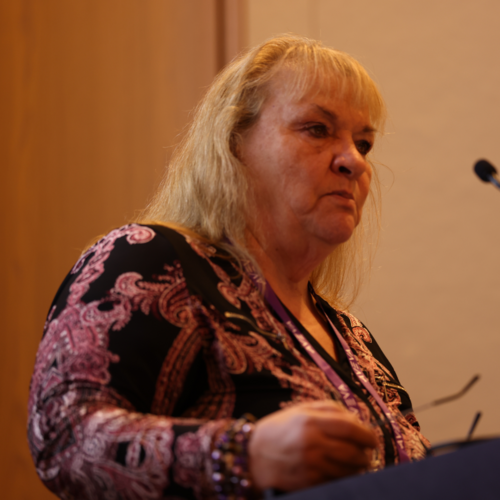
"The key is getting Scope 1 and 2 right first — that means harmonised data, clear governance and the ability to run engineering-grade calculations on real-time data streams."
AI can't conjure perfect data from thin air, but when companies clean up their internal systems and align asset information, predictive models become far more powerful.
"Once the data is harmonised, AI confidence levels go up. You can start identifying carbon hotspots, testing mitigation scenarios and collaborating with external parties on shared metrics," Crow says.
That collaboration is vital in moving to a single dashboard of real-time data accessed by the whole company and its partners, according to Sowell.
"We're seeing strong interest in community data environments — where companies can share selected datasets with suppliers, logistics partners and even regulators in real time without compromising commercial IP."
Yong notes that for AI to scale meaningfully, companies must start small but smart.
"If you pick a tightly scoped use case with clear benefits and get it up quickly, it breaks down internal resistance. You build trust, show outcomes, and unlock future investment. That's been our experience."
Escaping the data swamp
Still, the path to AI maturity isn't straightforward. Many producers that rushed into cloud platforms have ended up with sprawling, unstructured data lakes — often without the metadata needed to make that information usable.
"We've walked into organisations that have terabytes of sensor data but no way to tell whether it came from a gas turbine, a sales system or a chemical pump," Sowell says.
"Once you lose the metadata and asset mapping, the data becomes nearly useless."
Crow adds data governance is often the missing link.
"The companies getting the best results are those that started by asking: How is our data structured? Do our systems talk to each other? Can we connect emissions calculations to operational events in real time?"
AVEVA says its suite of integration tools can bridge fragmented systems — enabling engineers to harness AI without relying on teams of data scientists.
From design to optimisation
Sowell stresses that AI's greatest value lies in embedding it throughout the asset lifecycle — from engineering and construction through to operations and optimisation.
"Too often we think of AI as something you layer on top. But the real breakthroughs come when you infuse it into design tools, so engineers can test different scenarios, simulate failures, and build emissions performance from day one," he says.
Crow agrees, adding that digital twins are increasingly used for high-level strategic decisions — from carbon capture feasibility to infrastructure co-location planning.
"We're seeing AI help energy producers test their portfolio decisions — whether that's adding carbon capture to a facility or co-locating hydrogen with an existing asset."
Beyond the majors
While the big end of town is leading the charge, mid-tier producers remain early in their journey.
"They're watching, but many haven't made the investments needed to consolidate systems or build a single source of truth," Sowell says.
That's a growing concern, especially as Safeguard Mechanism rules and climate disclosure obligations begin to bite. Without traceable, scalable data, compliance becomes complex and emissions reduction harder to verify.
"Our focus now is bringing this capability down the value chain," Crow says.
"Not every company has a $100 million digital budget, but they all need to know where their emissions are coming from — and how to act on them."
No longer optional
Despite the challenges, the direction of travel is clear.
"AI is not a nice-to-have anymore," Sowell says.
"It's essential to navigate regulatory complexity, reduce downtime, and compete in a decarbonising global economy."
While full integration across Scope 1, 2 and 3 remains a longer-term ambition for many, leaders are already laying the groundwork — harmonising data, embedding AI into operations, and building collaborative frameworks to engage with suppliers and customers.
"The ones who succeed will be those who don't wait for perfect conditions," Crow says.
"They'll start with the data they have, put structure around it, and use AI to create a clearer picture — not just of what's happening today, but what's coming next."


